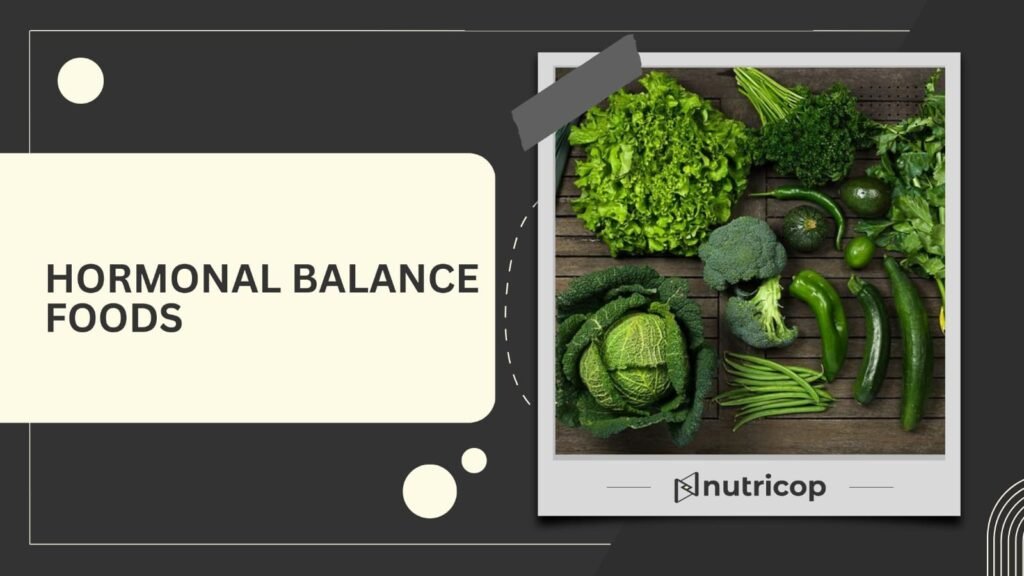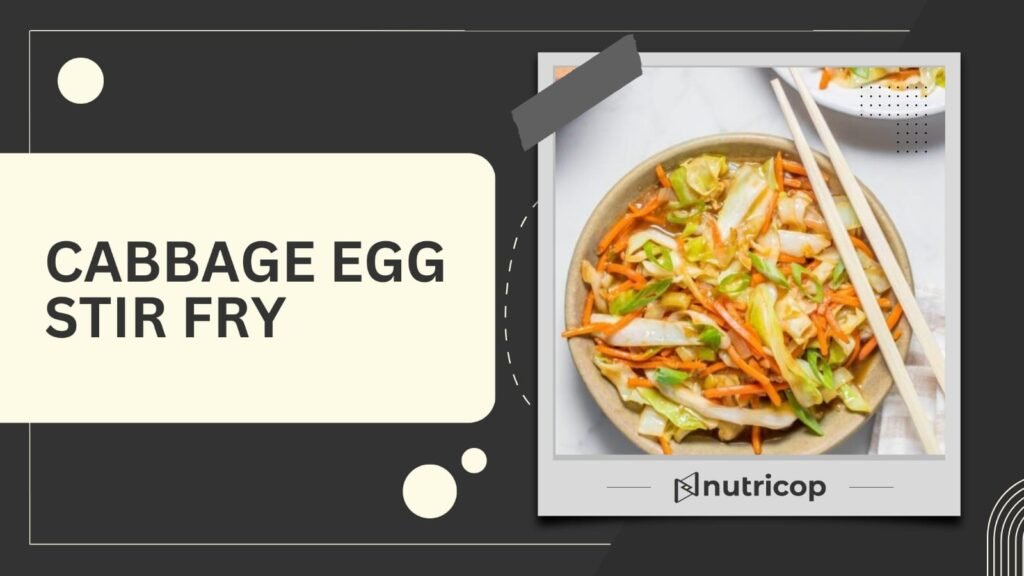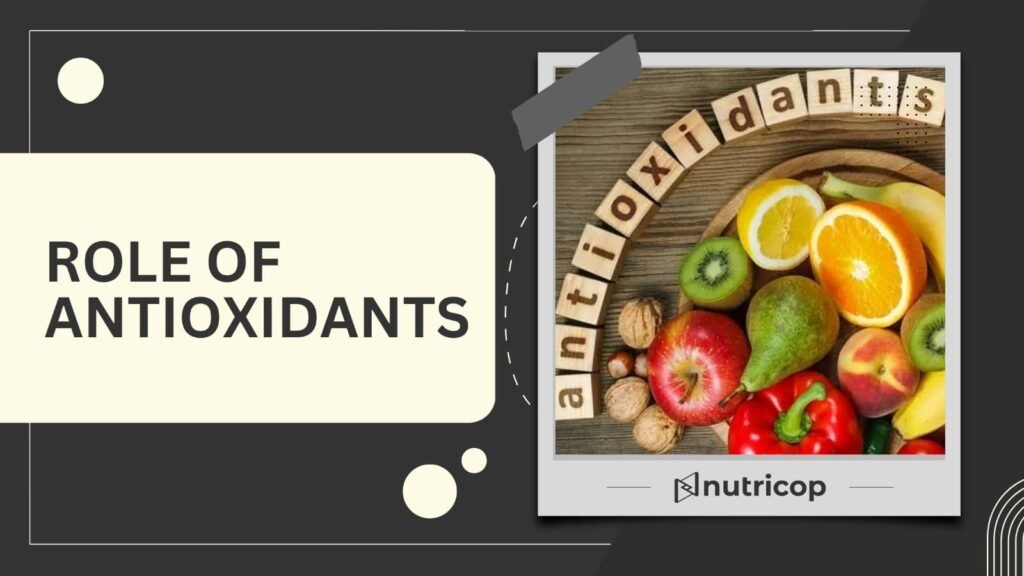Sabudana Khichdi: A Nutritious Indian Superfood
Sabudana Khichdi is not just a dish; it’s a part of our culture and comfort food for many Indians. Whether you’re observing a fast during Navratri or simply looking for a light, wholesome meal, this humble dish ticks all the right boxes. But what makes sabudana khichdi so special? Is it healthy? Let’s dive into everything you need to know about this.
Sabudana Khichdi Recipe: Step-by-Step Guide
Here’s a simple and foolproof recipe to make the perfect sabudana khichdi recipe at home.
Ingredients (Serves 2-3)
- 1 cup sabudana (soaked overnight or for 4-6 hours)
- 2 medium-sized boiled potatoes (cubed)
- ½ cup roasted peanuts (crushed)
- 2 tbsp ghee or oil
- 1 tsp cumin seeds (jeera)
- 2 green chilies (finely chopped)
- A handful of curry leaves (kadipatta)
- Juice of 1 lemon
- Salt to taste (rock salt during fasting)
- Fresh coriander leaves (chopped, for garnish)
Method
- Soak the Sabudana: Rinse sabudana 2-3 times until the water runs clear to remove excess starch. Soak it in just enough water to cover the pearls.
- Check the Texture: After soaking, the sabudana should be soft and non-sticky. Press a pearl to ensure it mashes easily.
- Cook the Base: Heat ghee in a pan. Add cumin seeds, green chilies, and curry leaves, letting them splutter.
- Add Potatoes and Peanuts: Toss in boiled potatoes and crushed peanuts. Sauté for 2-3 minutes.
- Mix in Sabudana: Add the soaked sabudana and salt. Cook on low-medium heat, stirring gently to avoid sticking.
- Finish with Lemon Juice: Once the sabudana turns translucent, turn off the heat. Squeeze fresh lemon juice and garnish with coriander leaves. Serve hot!
Pro Tips to Avoid Sticky Sabudana Khichdi
- Rinse the sabudana thoroughly to remove excess starch.
- Do not over soak; the pearls should retain their shape without becoming mushy.
- Use a non-stick pan and cook on low-medium heat to prevent clumping.
What is Sabudana?
Sabudana, also known as tapioca pearls or sago, is derived from the starch of cassava roots (scientifically known as Manihot esculenta). The cassava root is washed, peeled, and crushed to extract starch, which is then processed into tiny pearls. These pearls are dried and become the sabudana we see in stores.
This carbohydrate-rich food is primarily used in Indian households during fasting periods (vrat) because it provides a quick energy boost while being light on the stomach.
Sabudana khichdi recipe Contains resistant starch that functions like fiber, aiding digestion and relieving issues like constipation and gas healthshots.com
Is Sabudana Healthy? Breaking Down the Nutritional Value
Sabudana is often seen as a calorie-dense food, but when prepared thoughtfully, it can be a nutrient-packed dish. Here’s a quick breakdown of its nutritional value:
- Rich in Carbohydrates: Sabudana is about 87% carbohydrates, making it an excellent source of instant energy. This is why it’s widely consumed during fasting or as a pre/post-workout meal.
Scientific Fact: Carbohydrates are broken down into glucose, which fuels the body and brain during physical activities. - Low in Protein and Fat: Sabudana itself has minimal protein and fat, but pairing it with peanuts, curd, or vegetables can balance the meal and make it more wholesome.
- Source of Resistant Starch: Sabudana contains resistant starch, which acts as a prebiotic. Prebiotics promote the growth of good gut bacteria, aiding digestion and improving gut health.
- Gluten-Free: Sabudana is naturally gluten-free, making it a great choice for individuals with gluten intolerance or celiac disease.
Health Benefits of Sabudana Khichdi
- Boosts Energy Levels:
Sabudana’s high carbohydrate content provides a quick and sustained energy boost. That’s why it’s a go-to meal for those observing fasts or engaging in physical activity. - Supports Digestive Health:
The resistant starch in sabudana acts as a prebiotic, helping to maintain a healthy gut microbiome. Pairing it with curd enhances its probiotic benefits. - Gentle on the Stomach:
Sabudana is easy to digest, making it an ideal meal for people recovering from illness or those with sensitive stomachs. - Aids in Weight Gain (When Needed):
If you’re underweight or looking to gain healthy weight, sabudana khichdi cooked with ghee and peanuts can be a great addition to your diet. However, portion control is key if you’re watching your calorie intake.
Google-Searched FAQs About Sabudana Khichdi recipe
- Is sabudana good for weight loss?
Sabudana is calorie-dense, so moderation is crucial if you’re trying to lose weight. Pairing it with fiber-rich vegetables and reducing the use of oil can make it weight-loss-friendly. - Can diabetics eat sabudana khichdi?
Sabudana has a high glycemic index (GI), which means it can spike blood sugar levels. Diabetics should consume it sparingly and pair it with protein sources like peanuts or curd to slow down glucose absorption. - Why is sabudana eaten during fasting?
Sabudana provides instant energy and is light on the stomach, making it a popular choice during fasting periods. Plus, it’s easy to prepare and customize with vrat-friendly ingredients like rock salt and ghee. - What are the side effects of sabudana?
Eating large quantities can lead to weight gain due to its high-calorie content. Overconsumption may also cause bloating or constipation in some people.
Conclusion: Why Sabudana Khichdi Deserves a Spot in Your Diet
Sabudana khichdi is more than just a fasting food—it’s a versatile, comforting, and nutritious dish that fits various dietary needs. Whether you’re looking for a quick energy boost, a gluten-free meal, or a dish that’s easy on the stomach, sabudana khichdi recipe is the perfect choice.
So, the next time you’re in the kitchen, give this traditional recipe a try and enjoy its wholesome goodness!
Boost Your Health with Nutricop
At Nutricop, we believe in blending traditional recipes with modern nutrition to help you lead a healthier lifestyle. Explore our personalized diet plans and home workout services to meet your health goals effortlessly. Contact us today.
Stay tuned for more such blogs on nutrition and health tips!








